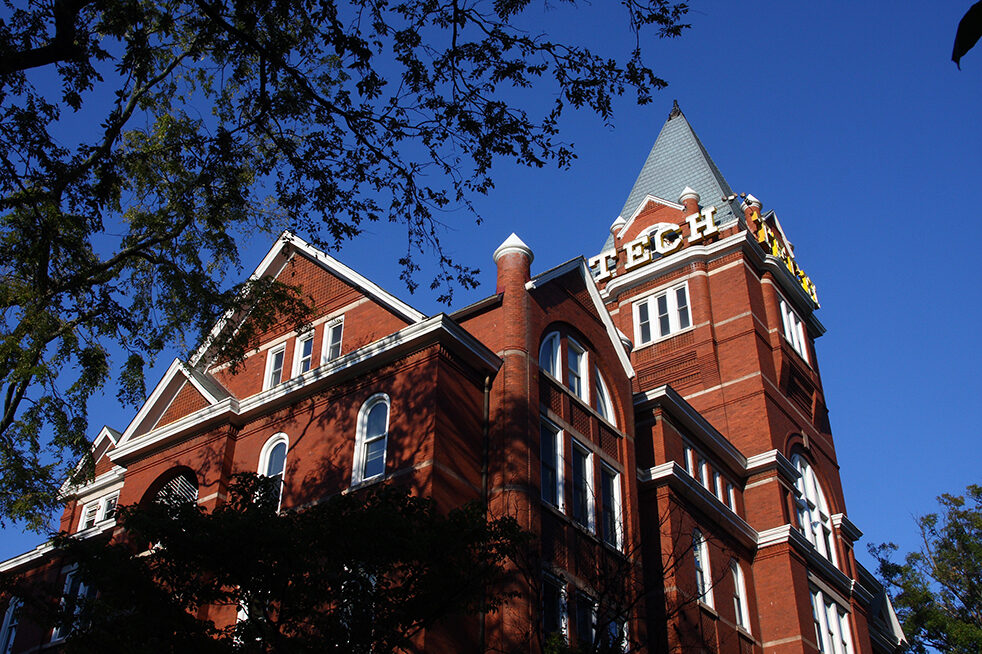Robins chirped and leaves rustled as the four of us sat on a bench outside of East Architecture. We received an assignment of the utmost importance: squirrel watching. By “we,” I mean my friend in an ecology class plus two other friends and myself who had nothing better to do that day.
Before this mission, I was not particularly interested in seeing fluffy gray rodents. More often than not, I find myself annoyed by squirrels jumping in front of my car or drooling in a tree while I eat my lunch nearby. Given the circumstances under which humans and squirrels typically interact, I thought the squirrels would enjoy some positive attention.
I expected the squirrels to thank us for finally noticing their highly important job of scurrying and leaving parts of acorns on the ground for people to step on, track onto their carpet and later ask, “What orange crumbs did I step in?”
This, however, was not the case. In fact, the squirrels actively avoided us. When it was time to begin the observation, they ran from the sidewalk and hid in bushes and trees, behind buildings and under cars.
I was momentarily offended that the squirrels did not want us to see them, but with no peace offerings to mend squirrel-human relations, we accepted defeat. The lingering feeling that we had somehow betrayed the squirrels was enough to keep me thinking about how people on campus tend to view nature.
In fact, upon reflection, the squirrel’s response was entirely predictable.
The narrative surrounding animals at the Institute is overwhelmingly negative. In most conversations on the topic, students label animals at Tech “pests.”
From my freshman dorm room’s ant infestation to the alleged possums that wandered the perimeter of West Village Dining Hall, I, too, am guilty of perpetuating the unfavorable reputation of campus wildlife.
This specific attitude is unfortunate, especially given the endless benefits of spending time in nature, both physically and mentally. Tech may be in the heart of Atlanta, but there is plenty of native flora and fauna to appreciate.
Taking time to decompress and interact with the natural world is not novel, but it is nonetheless a rarity in the busy lives of many students. Making a conscious effort to notice animals and plants when walking to class is grounding and serves as a reminder that school and work are just one part of life.
Although I have lived in Atlanta my whole life, I often overlook some of the most accessible places to interact with nature in the city. Piedmont Park, for example, is a 30 minute walk from campus and has dogs, geese, lizards and, yes, squirrels.
Given the privilege of a free morning, I highly recommend getting away for a bit and watching ducks glide across the lake at the park. If time permits, the Atlanta Botanical Garden is adjacent to the park and is a lovely way to slow down and enjoy nature.
Even finding five minutes to sit on the grass at Tech Green or outside of Tech Tower and admire the trees is incredibly relaxing.
Examine the ground and the insects moving between blades of grass.
Listen for raindrops falling from trees onto concrete.
There is such underappreciated beauty in the harmony of nature, in hearing birds call to each other and awaiting the next caw.
It is possible that the squirrels will continue to run from observation, and it is certain that they will continue to take whole waffle fries from trash cans.
However, there is humor to be found in their scattered movements and sneakiness.
